Glow-up your garden – smart, low-energy lighting you need this winter
Sunny days might be gone but you can still enjoy your garden
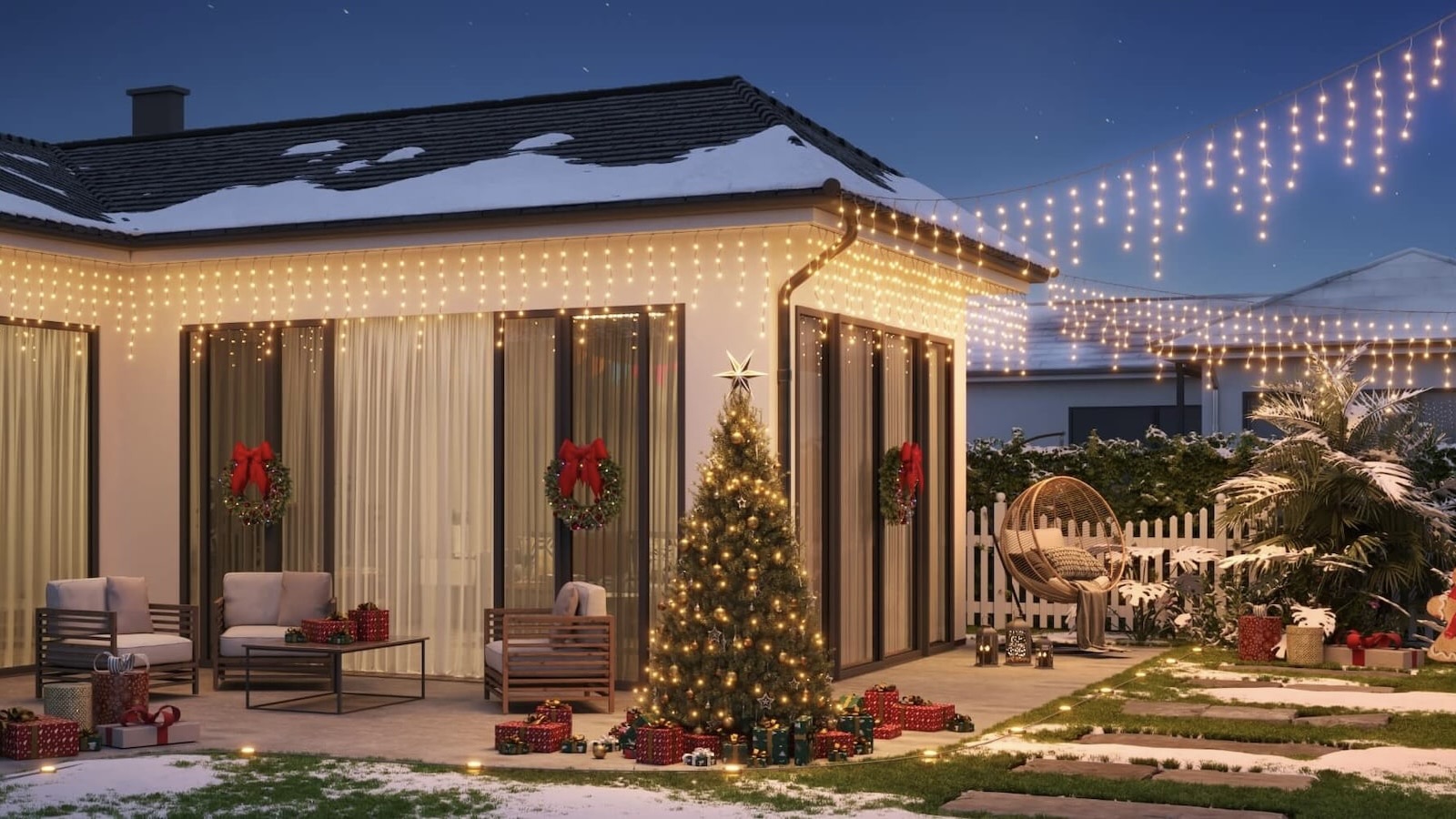

By late autumn, daylight can feel in short supply. Your garden, terrace, or balcony might spend half the day in shadow, and by the time you’re home from work it’s already dark. But with the right low-energy lighting, those outdoor spaces don’t have to disappear for the season.
Smart LED lighting is the simplest way to keep your garden glowing through winter. They’re energy-efficient, weather-resistant, and far more flexible than the halogens and fairy lights of old.
Winter does add a few complications, of course. Short days mean limited solar charging, cold temperatures drain batteries faster, and damp weather can challenge cheaper fixtures.
The trick is choosing lighting that’s built for year-round use: efficient LEDs powered by low-voltage or mains connections, with sturdy IP65-rated housings and smart home control to handle everything automatically.
Buy smart: your winter-proof checklist
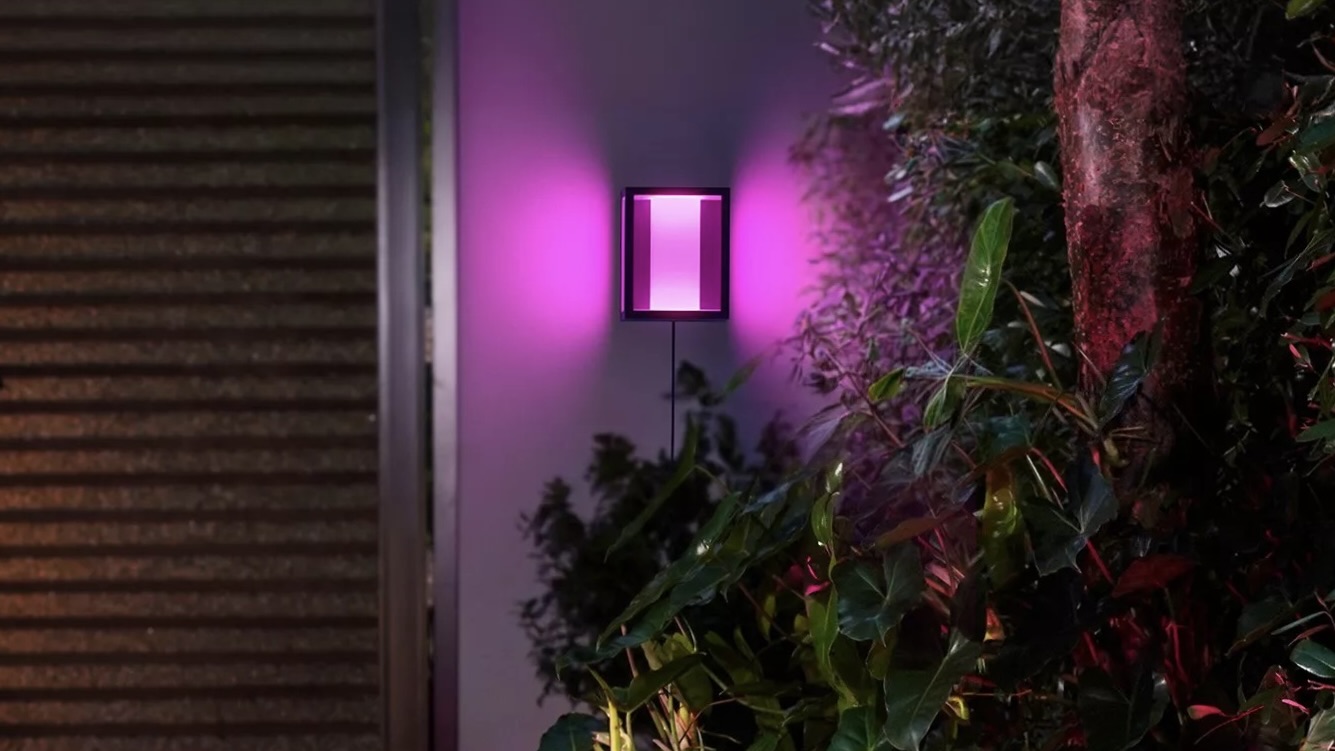
When the temperature drops, not all outdoor lights are up to the task. The best winter setups strike a balance between efficiency, durability, and smart control.
Start with power and efficiency. LEDs are a must: they use a lot less energy than halogen bulbs and last far longer, even in freezing weather.
Mains-powered or low-voltage systems such as the Philips Hue Outdoor range deliver steady brightness all year, while solar-powered lights can still add a decorative touch but tend to struggle through December and January.
Get all the latest news, reviews, deals and buying guides on gorgeous tech, home and active products from the T3 experts
Weatherproofing is equally vital. Look for fittings rated IP65 or above to resist rain and frost, and don’t forget about connectors or drivers – these are often where moisture gets in. Durable housings like those found on Hue’s Appear wall light are designed to handle winter damp.
Smart automation and control make a big difference, too. App or voice-controlled schedules let you dim lights overnight or trigger motion-based boosts as someone walks by, keeping your garden bright only when needed.
Finally, consider colour and layering. Warm whites (around 2700K–3000K) create a cosy glow on patios and seating areas, while neutral whites suit paths and steps.
Architectural and feature uplighting
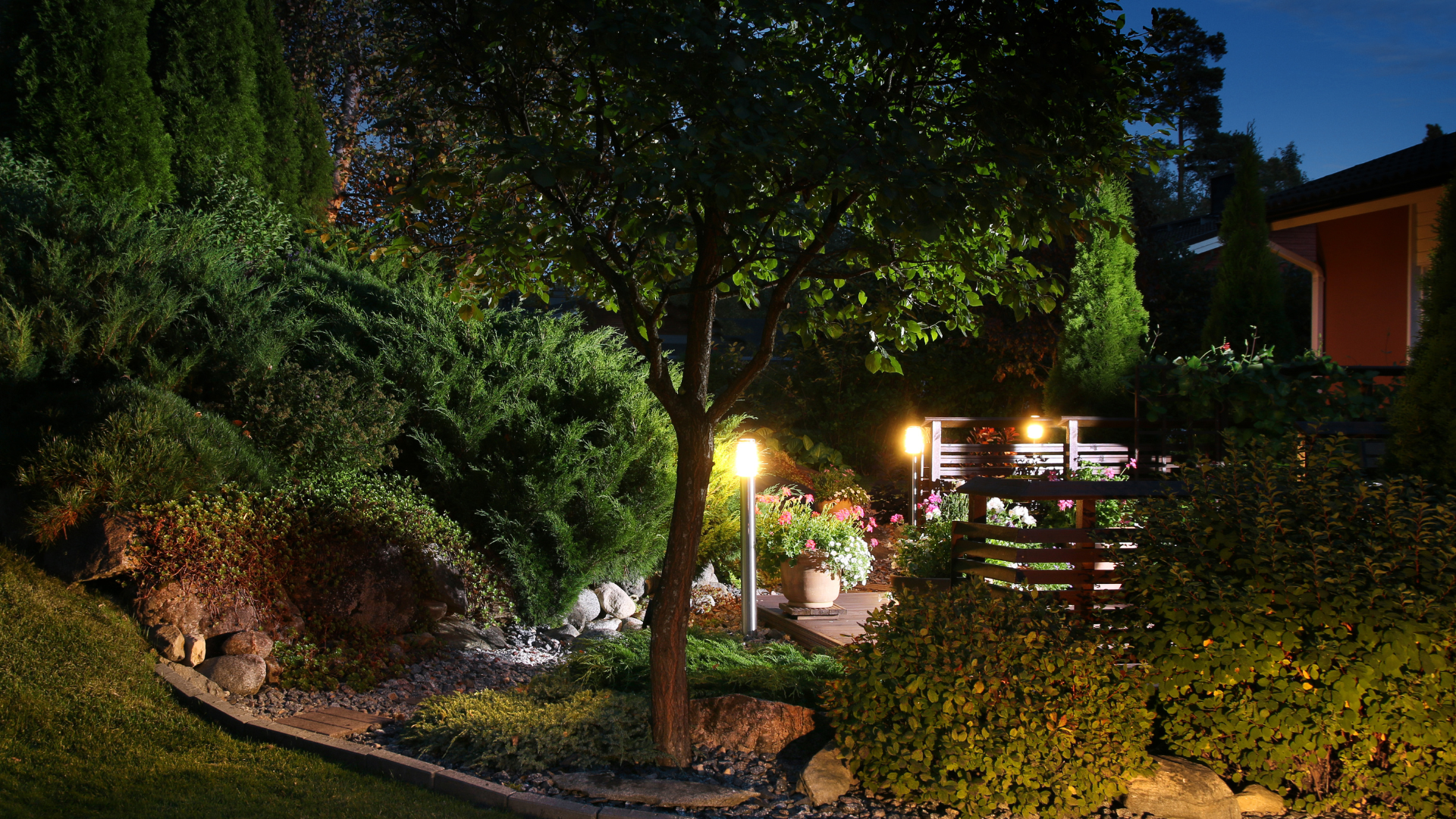
The first step to great outdoor lighting is giving your garden structure after dark. Architectural or feature 'uplighting' adds definition to walls, trees, and planters, creating a sense of depth that flat, overhead lighting can’t match.
When we tested the Philips Hue Lily Outdoor Spotlights, we found them ideal for this kind of work. Their low-voltage design keeps power use minimal, while the Hue app lets you tweak brightness or colour temperature to suit the season.
Point them upwards to silhouette an evergreen or wash light gently across a brick wall, and you’ll instantly add warmth and definition. Because they’re part of the Hue ecosystem, you can automate scenes to dim late at night or adjust with the weather.
The Philips Hue Appear Outdoor Wall Light works brilliantly alongside the Lily. Its sleek, up-and-down design creates crisp columns of light that frame entrances or highlight pergola pillars.
Built to an IP65 standard, it’s tough enough for frost and heavy rain, and looks far smarter than traditional bulkhead fittings.
Paths and edges

Good path lighting isn’t just decorative – it’s practical, guiding your way on dark, frosty evenings and reducing the risk of slips.
The trick is to achieve safety lighting without flooding your garden in harsh white glare. Low-level, directional fixtures are best for this: they illuminate the ground clearly while keeping the rest of the space calm and inviting.
The Philips Hue Nyro Pedestal is one of the smartest options we’ve tested for this layer. Its sleek, architectural design fits neatly along borders, steps, or driveways, producing a gentle downward wash that’s bright enough for visibility but never overpowering.
A simple automation routine works wonders for energy saving. Try setting your path lights to come on at dusk at reduced brightness, dim that around midnight, and jump to a higher brightness when motion is detected.
Ambient strings and seasonal sparkle
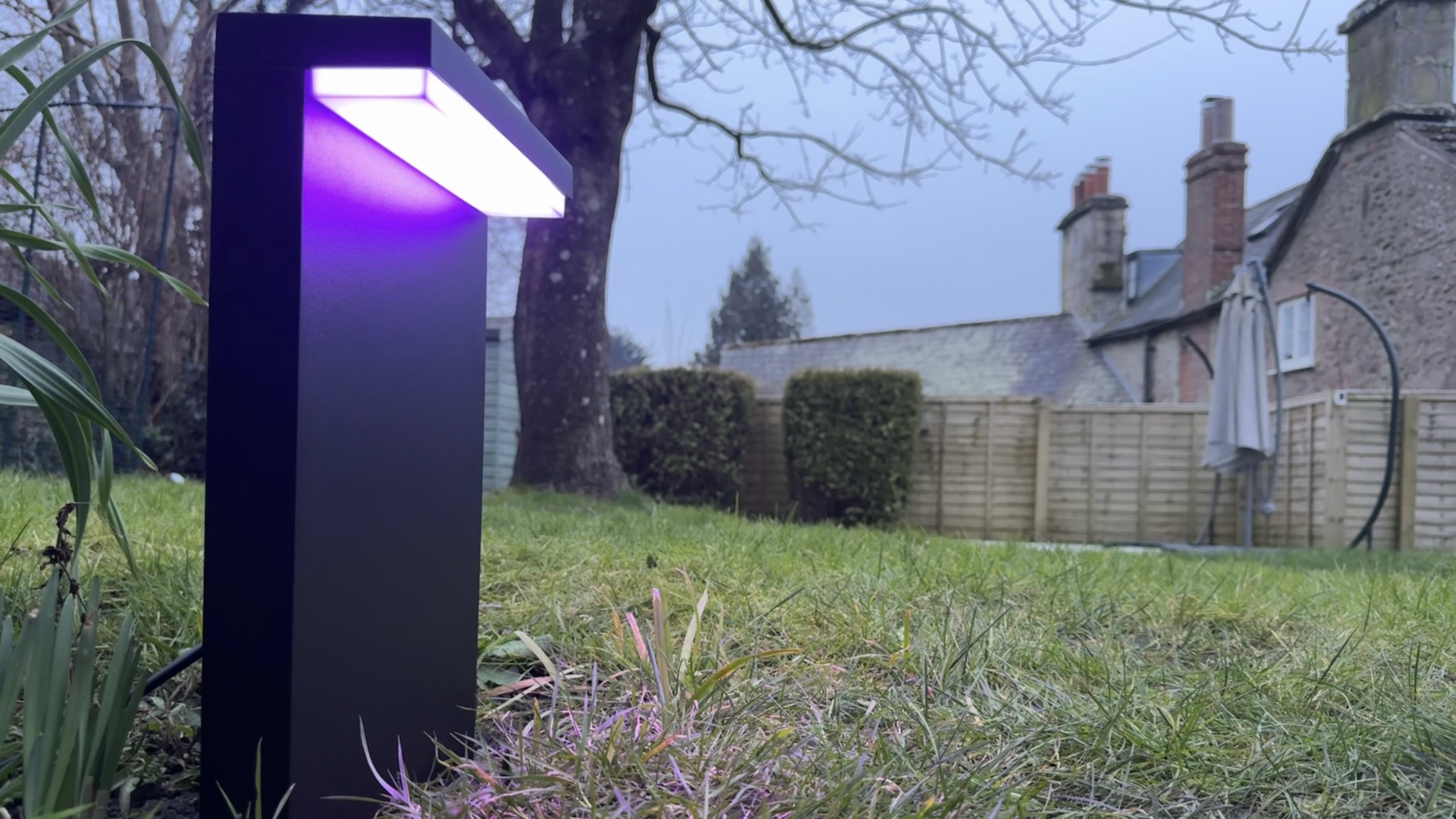
With your main lights in place, it’s time to add atmosphere. Ambient lighting gives your garden warmth, depth, and a soft glow that makes winter evenings feel inviting rather than off-limits.
The Philips Hue Festavia (2nd gen) string lights are ideal for this. Once indoor-only, they’re now outdoor-rated, with tougher cabling and weather sealing that makes them perfect for fences, pergolas, or railings.
For broader smart-home compatibility, the Nanoleaf Matter Smart Holiday String Lights are a great alternative. Supporting Matter and Thread, they connect easily to Alexa, Google Home, or Apple Home.
Run strings at head height around seating areas or along fences, keeping brightness modest. Warm whites and low-intensity hues create the most inviting glow while sipping power
Portable, grab-and-glow table lighting
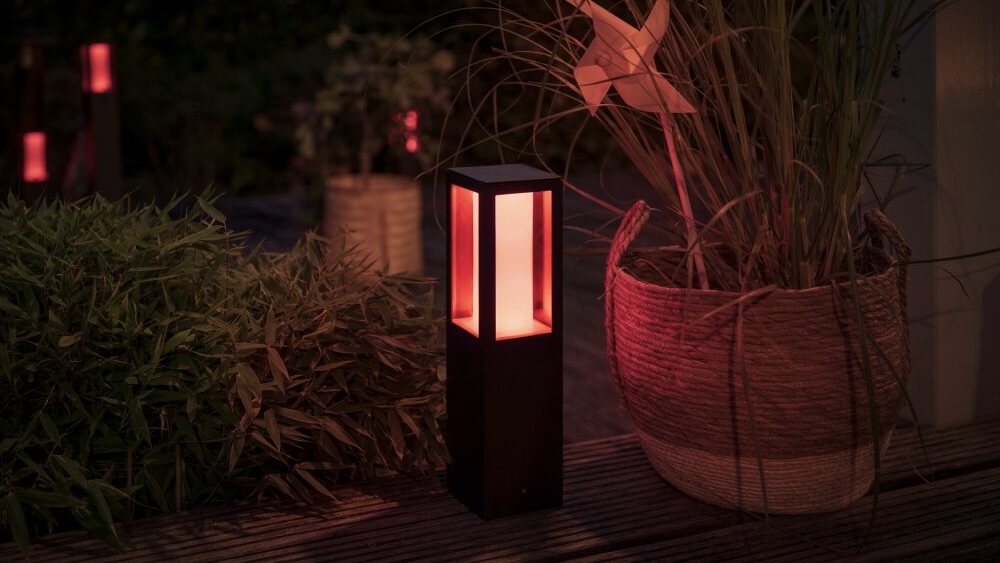
Not every corner of your garden needs a permanent fixture. Portable lighting adds flexibility and is ideal for dining tables, balconies, or tucked-away seating areas where running cables isn’t practical.
The Philips Hue Go Portable Table Lamp remains one of the best examples we’ve tested. Its built-in battery lasts up to 48 hours on low brightness, and it’s splash-resistant to IP44, so it can handle drizzly evenings or light frost.
The soft, diffused glow is perfect for table lighting, and the integrated Hue controls mean you can adjust colour temperature or dim levels straight from your phone.
How to save energy in winter
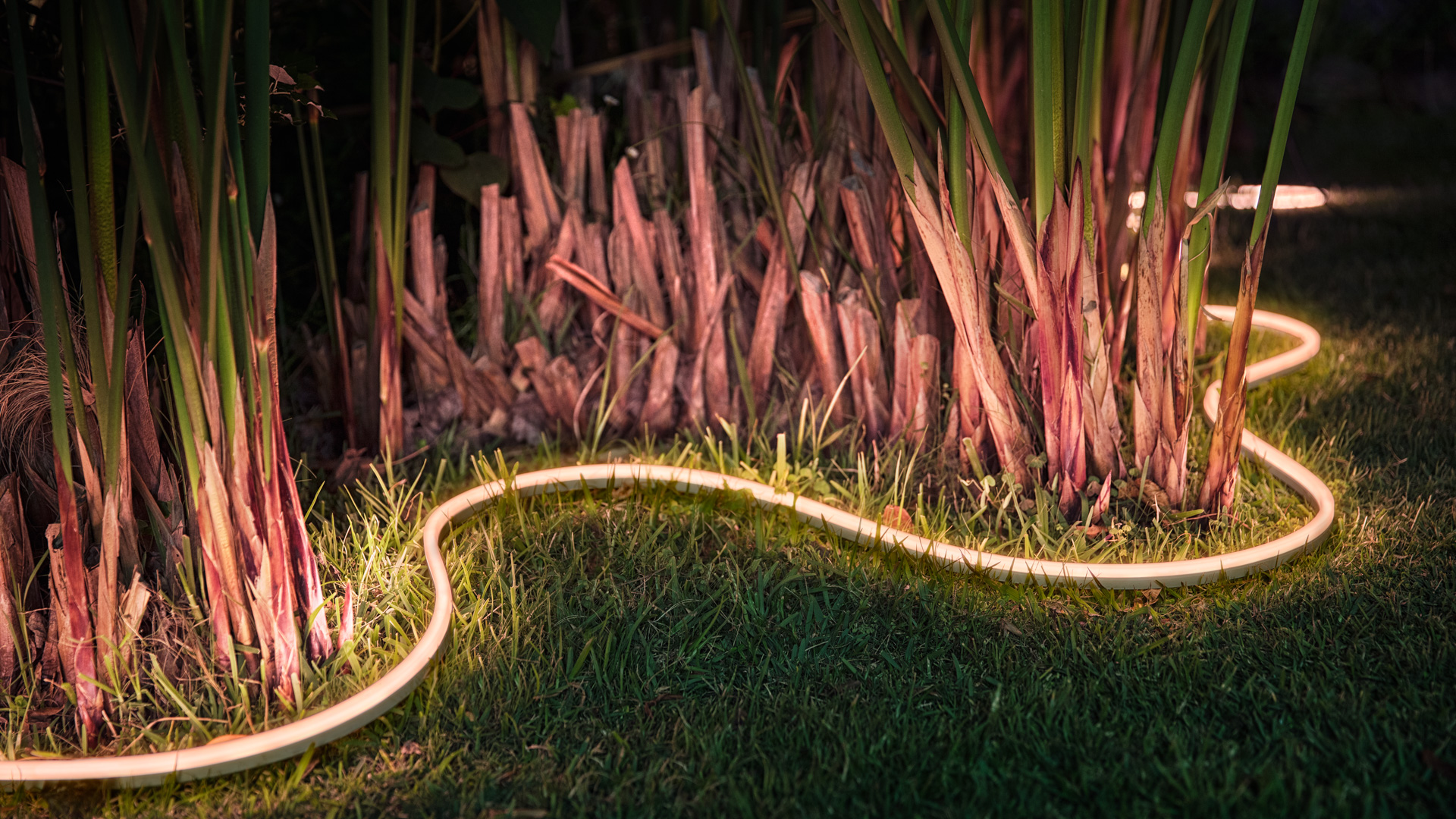
Smart lighting isn’t just convenient, it’s one of the easiest ways to cut energy use without losing ambience. With long nights ahead, automation ensures your garden only shines when needed.
Start with schedules. A dusk-to-bedtime routine keeps lights responsive to seasonal daylight, switching on as it gets dark and dimming automatically overnight. Systems like Philips Hue let you set smooth brightness changes, so energy isn’t wasted at full output.
Add motion sensors for paths and driveways to trigger lights only when movement is detected, fading gently afterwards. Lastly, check weather seals and connectors before winter. Even smart fittings can lose efficiency if moisture seeps in.
With the right schedules, sensors, and maintenance, you’ll keep energy bills low and your garden glowing all season.
Max Slater-Robins has written for T3 now on and off for over half a decade, with him fitting in serious study at university in between. Max is a tech expert and as such you'll find his words throughout T3.com, appearing in everything from reviews and features, to news and deals. Max is specifically a veteran when it comes round to deal hunting, with him seeing out multiple Black Friday campaigns to date.
You must confirm your public display name before commenting
Please logout and then login again, you will then be prompted to enter your display name.
